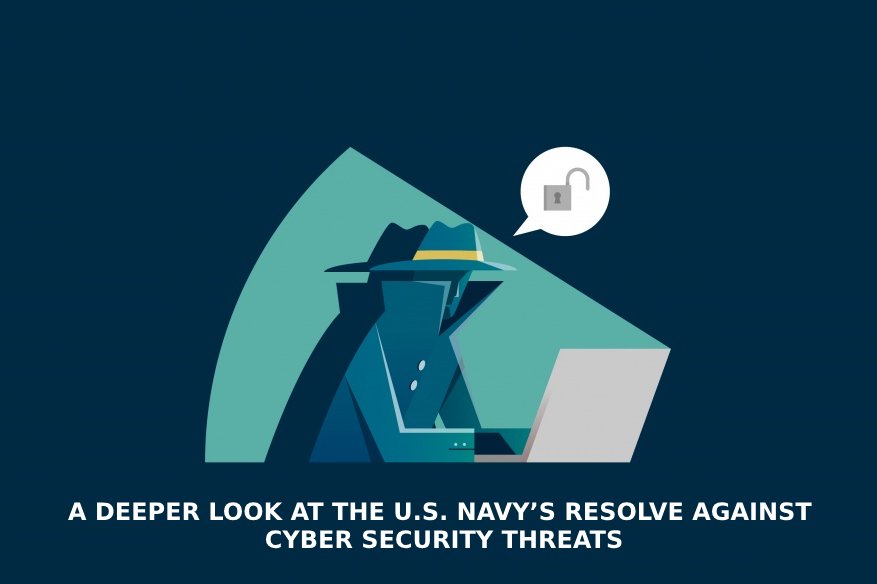A Deeper Look At The U.S. Navy’s Resolve Against Cyber Security Threats

The U.S. Navy is gearing towards increasing their cybersecurity capability in order to foil any cyber attack attempts from outsiders. Dubbed as Resilient Cyber Warfare Capabilities for NAVAIR Weapon Systems with data record number N68335-18-R-0345, the high command of the Navy in looking to improve their cyber defense strategy under the NAVAIR Cyber Warfare Detachment (AKA CWD), with the goal of securing their aircraft, unmanned vehicles, auxiliary sensors and weapons.
“The strategy of the CWD is to defend the access points to our weapon systems (detect, prevent), survive and continue to operate during close quarters battle (resilience and response), and to conduct cyber-smart acquisition to achieve this. The foundation of the CWD strategy for NAVAIR weapon systems is to develop the cyber workforce, invest in infrastructure and research and development (R&D) and establish standards and best practices,” explained the Navy representative in the report.
Accountability with maintaining weapons and securing them falls on the military detachment that harbors the weapons. Just like any organization that have Internet connection, the military units are also as at risk as any private firms. Pentagon alone has $1.66 trillion worth of weapons in its arsenal, which requires its own maintenance funds.
Networked systems are not the only ones susceptible to presenting vulnerabilities and being attacked; both its software and its hardware can be sabotaged before being joined in a system in operation. The handling risk in the manufacturing process is totally real, and it is the least understood of cyber threats. Sabotage is practically impossible to detect and even worse to eradicate. The attacks may be coming from not only hackers computers but of terrorists, criminal organizations and extremists politicians, fanatical religious movements, intelligence services and opposing military forces.
In the field of military operations, cyber attacks also they have to be considered as a threat, since they are increasingly likely to combine with computer attacks object of leaving the adversary’s networks and systems out of service or guide public opinion in favor of one of the contenders. Cyberwar is asymmetric. The low cost of computer equipment can mean that our adversaries have no need to manufacture expensive and sophisticated weaponry to pose a threat meaningful to our military capabilities. Many armies are developing offensive capabilities in cyberspace, and it is estimated that more than 100 foreign intelligence services carry out these activities.
Armies from various countries have formally recognized cyberspace as a new domain of confrontation. Although cyberspace is a man-made domain, it has been done as critical to military operations as land, sea, air and space. “It’s not necessarily cutting edge research, but it is the first step in cybersecurity quality control that should have already been done,” emphasized Bryson Bort, CEO of Scythe, a cybersecurity consulting firm. For its part, the National Institute of Standards and Technology mentioned that the importance of security cannot be discounted, whether the organization is private or public in nature. “Organizations perform dynamic reconfiguration of information systems, for example, to stop attacks, to misdirect attackers, and to isolate components of systems, thus limiting the extent of the damage from breaches or compromises,” said NIST official.